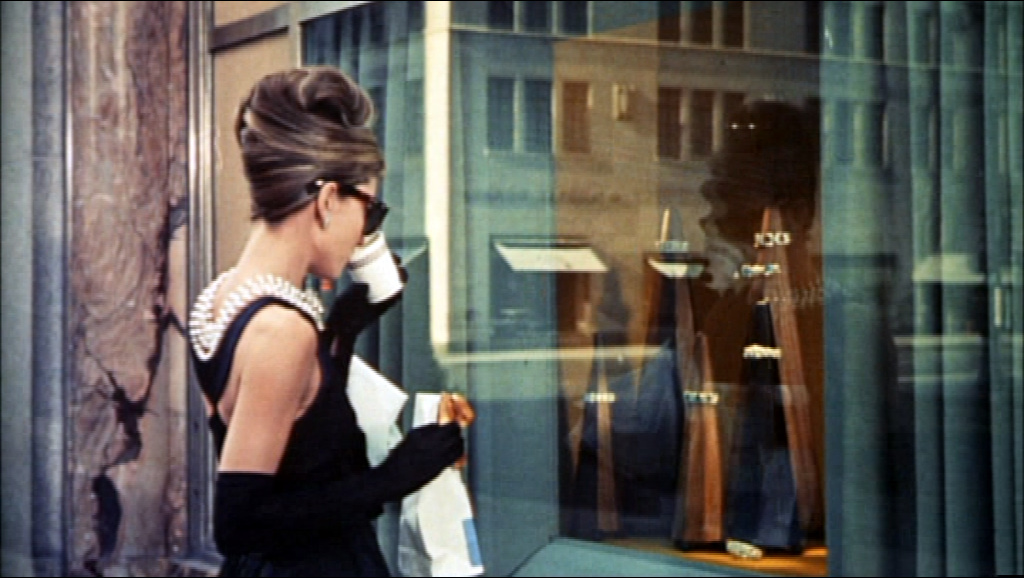|
The Breadcrumbs widget will appear here on the published site.
The Wardrobe MonsterBy The Fashion Fairy QuailBellMagazine.com Surplus clothing is a modern Western phenomenon. Prior to the Industrial Revolution, clothes were so expensive and time-consuming to make that it was not unusual for the average person to own just one or two outfits. As factories popped up and textiles became easier to produce, the relative price of clothing decreased. Yet even our grandmothers owned far fewer articles of clothing than the Quail Bell(e)s of today. If you ever wondered why the closets in historic houses are so small (or even non-existent), there's your answer. To generalize, our generation's chockablock with clothing hoarders. When I was growing up, I knew one boy who owned exactly seven T-shirts—one for each day of the week—and he was teased just as much as the fat kids, the stuttering kids, the gay kids, and all the other social outcasts. It was a sign of an increasingly materialistic culture. The expression “Buy experiences, not stuff” is often used as an argument for how money can buy happiness. Travel agencies and travel gurus seem especially fond of the saying. It has now become my mantra and a reminder of why I should be downsizing. A new pair of designer jeans could buy me a weekend out of town. Even a generic brand sweatshirt could buy me a meal at an inexpensive restaurant I'd never tried before. Since I already have enough clothes to have something clean and weather-appropriate when I need it, I should use my disposable income on “making memories.” Chances are I won't buy an article of clothing and really relish the memory of spending an hour in the department store looking for it. But I will gladly remember the time spent camping at a national park, for instance. Same price point, too. This afternoon, I went to a local charity shop to donate a few bags of clothing. I wasn't getting rid of ratty, embarrassing clothes; I was giving away clothes that were in good condition and would hopefully be useful to someone else. It happened to be the last day of the charity shop's $1 sale. Everywhere I looked, I was surrounded by $1 clothing. Some of it was nice, too. I could see myself wearing that cashmere sweater or that cocktail dress. Maybe that blazer would come in handy for an interview. I quickly snapped out of my fantasy. I didn't have a strong desire for any of it. I had on decent, warm clothes. Earlier this morning, I had just laid out my outfits for the week and been astounded by how many ways I could wear what was hanging in my closet. Even if that LBD was adorable, how many did I really need? That being said, I still love clothes, so I pawed through a few racks. I dedicated a solid fifteen minutes to the endeavor, trying to get into the act of shopping. But I just didn't care. I had somehow achieved wardrobe nirvana. I had everything I needed for every occasion. No sales call—even the lure of $1 clothing—could sway me into growing my collection. I walked out of the store empty-handed, feeling vindicated. Perhaps that point will come for you, too, fellow clothing-lover, if it has not already. Even in the presence of spectacular, beautifully crafted, perfect clothing, you will know that an article of clothing is but an object. It has no soul. #Fashion #Clothing #Materialism #MaterialCulture #Shopping #Whatever
CommentsComments are closed.
|
|








